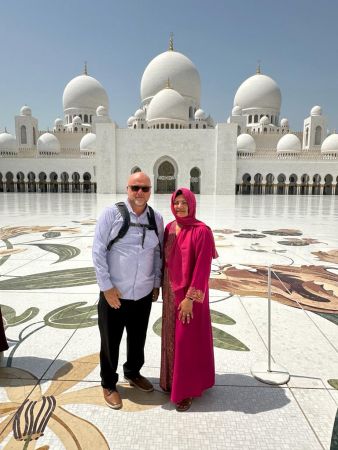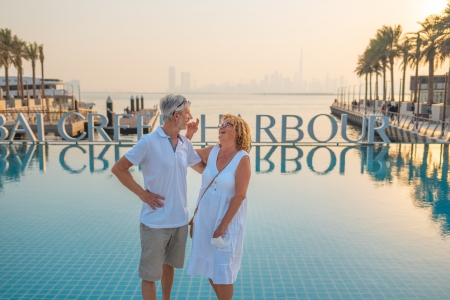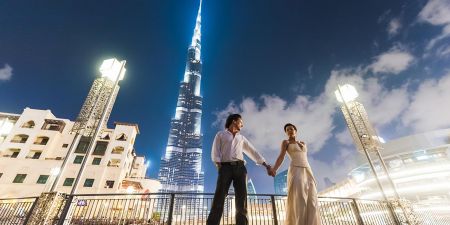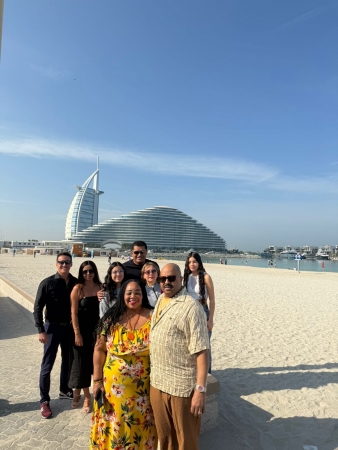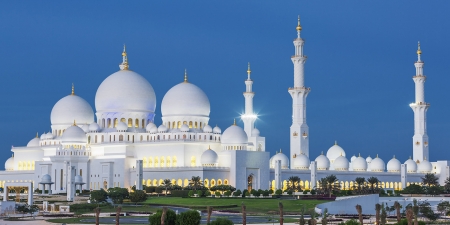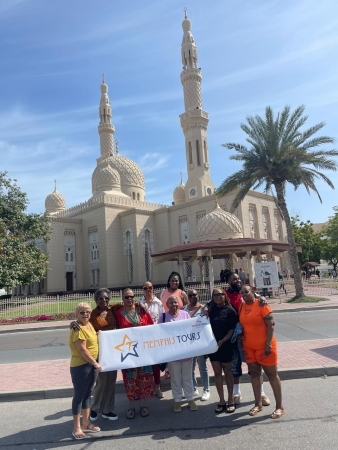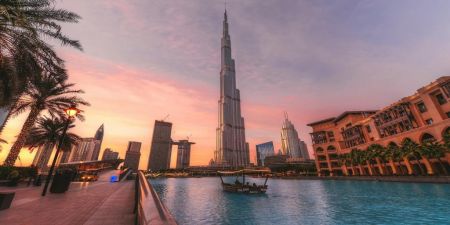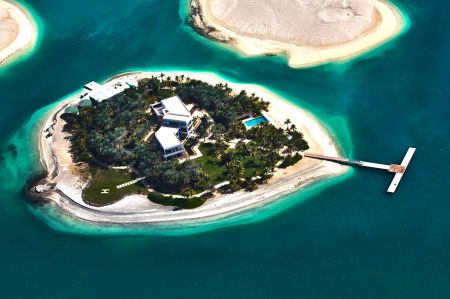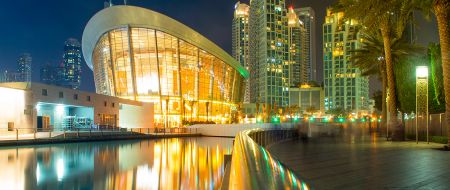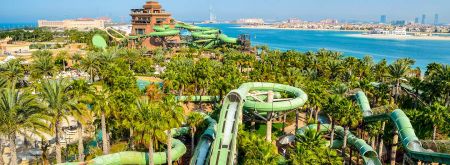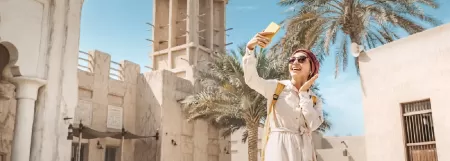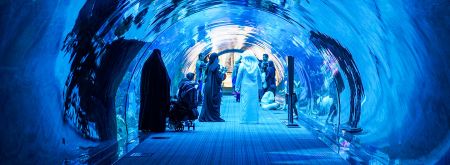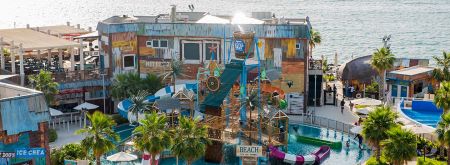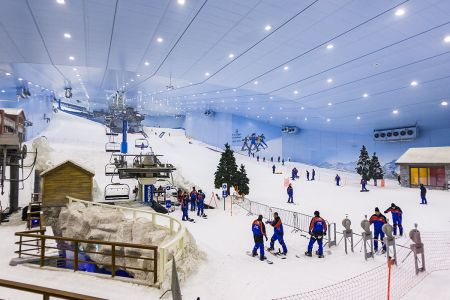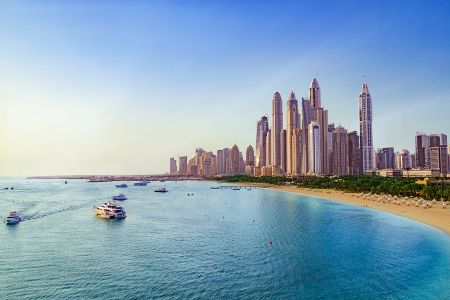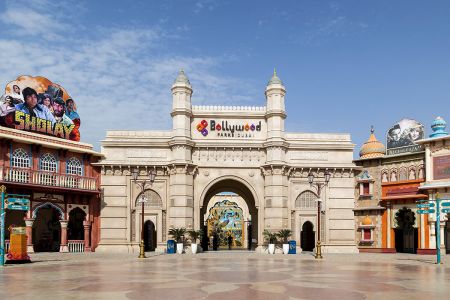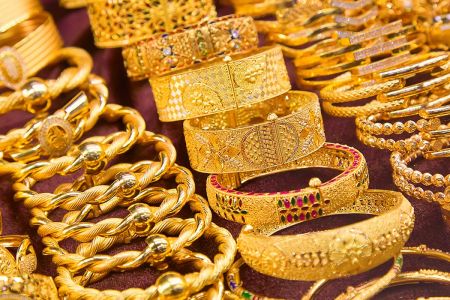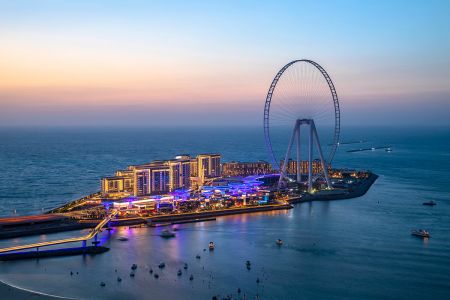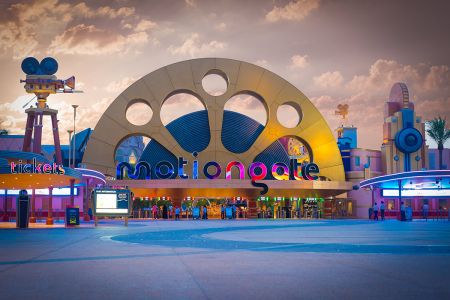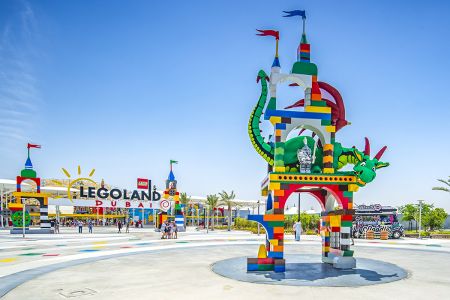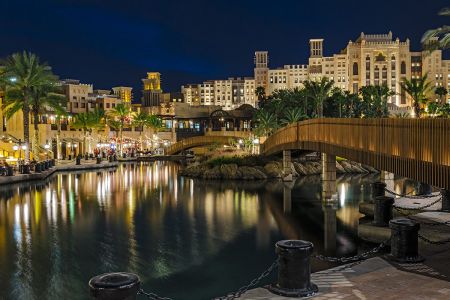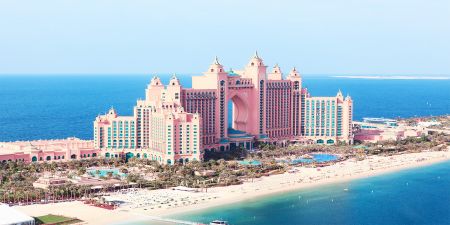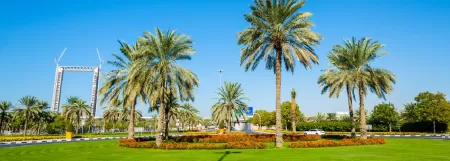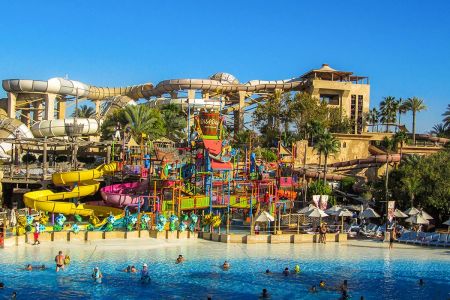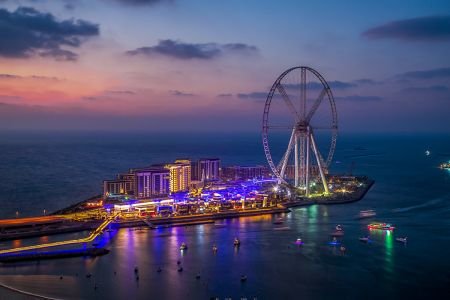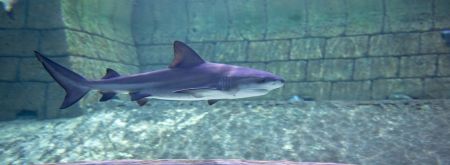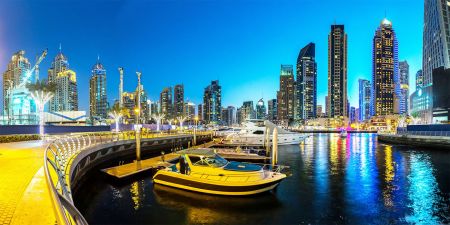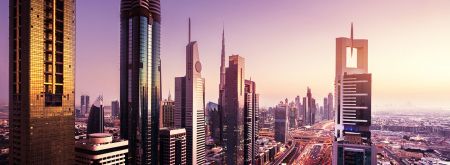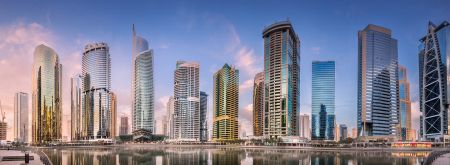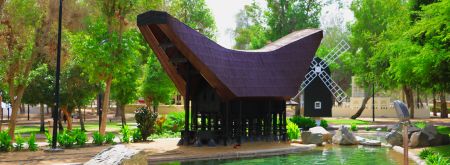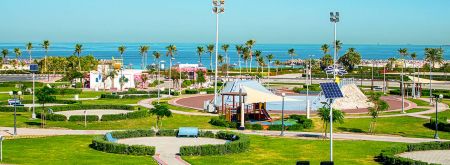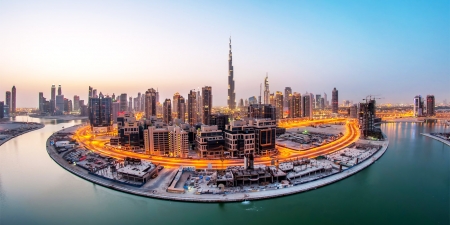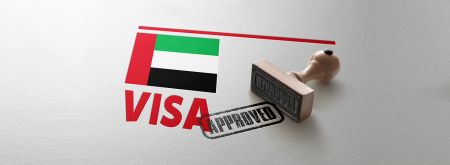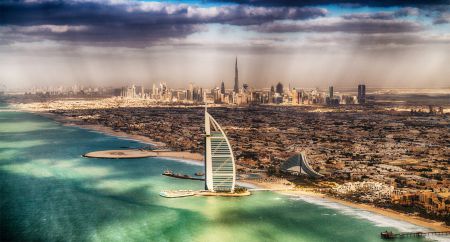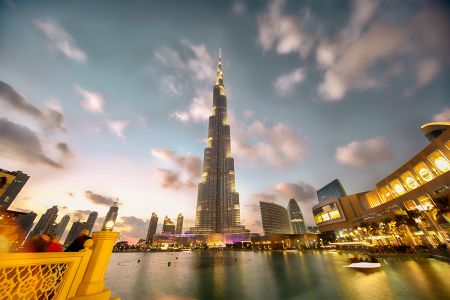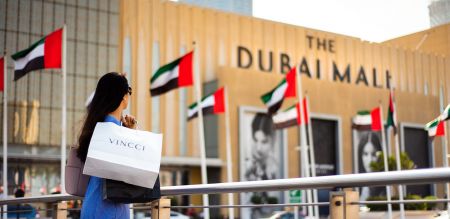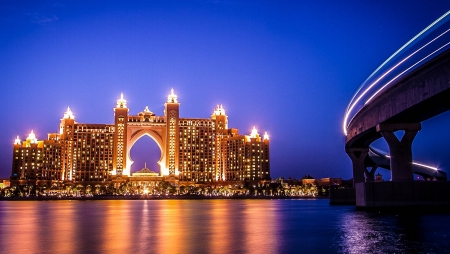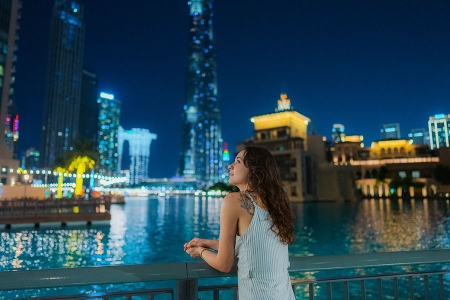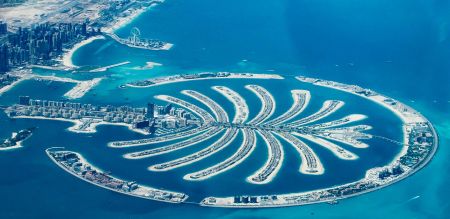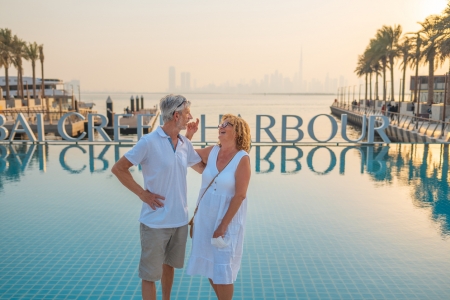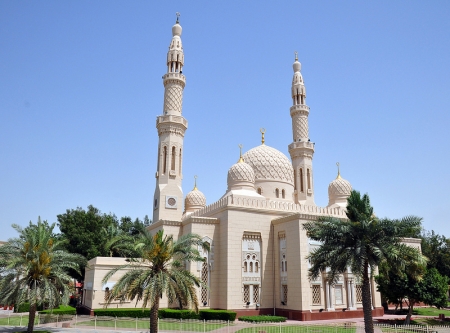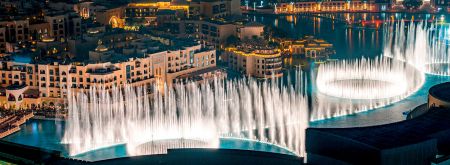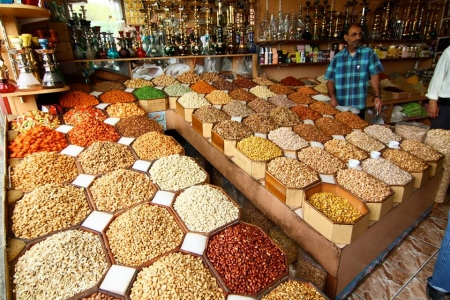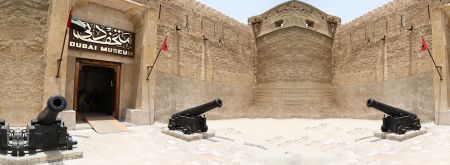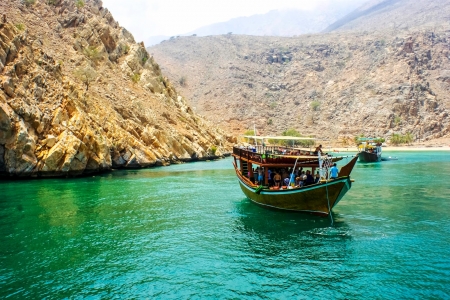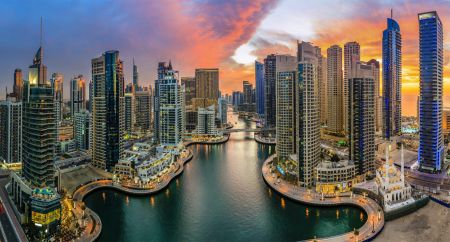Al Fahidi Fort in Dubai

Single among input attraction inside Dubai intended for adventurers, who have energy for the past, there is no two ways about it, the shocking Al Fahidi Fort. That is frequently the chief esteemed and mainly imperative display zone with the U.A.E., in addition to preeminent prepared structure in Dubai. In 1787, Al Fahidi Fort was first built, and in this manner, a verifiable focus was formally opened in 1971 through the ruler of Dubai. Throughout its history, posts have filled different needs and were once also used as a regal living arrangement. The display corridor's basic target over these years is to showcase the off-standard means of living in Dubai earlier than the oil era the Currently, Al Fahidi Fort pulls in approximately two thousand guests consistently, particularly for the duration of the peak period.

Architectural Features of Al Fahidi Fort in Dubai
Al Fahidi Fort is a prime example of traditional Emirati architecture, built using locally available materials such as coral stone, mud, gypsum, and palm wood. These elements were chosen for their practicality, helping the structure withstand the harsh desert climate while blending naturally into the landscape.
The fort's design includes several defining features, such as circular and rectangular watchtowers, high defensive walls, and a spacious inner courtyard. The use of wind towers and wooden beams reflects traditional construction techniques that were common across the region before modern infrastructure took over.
What makes Al Fahidi Fort particularly fascinating is the contrast between its historic architecture and the modern skyline of Dubai that now surrounds it. The fort stands as a preserved symbol of the city's humble origins, offering a sharp visual and cultural juxtaposition to the sleek skyscrapers and futuristic buildings just beyond its walls.

Transformation into the Dubai Museum
In 1971, Al Fahidi Fort was officially transformed into the Dubai Museum, coinciding with the founding of the United Arab Emirates. This transformation marked a significant step in preserving the city’s cultural heritage. The fort, once a stronghold and residence for rulers, was repurposed to showcase Dubai’s traditional way of life before the discovery of oil. Through engaging exhibits and historic artifacts, the museum highlights the city’s remarkable journey from a modest fishing and trading village to a global metropolis, offering visitors a deeper understanding of Dubai’s identity and rapid development.

Customize Your Dream Vacation!
Get in touch with our local experts for an unforgettable journey.
Plan Your TripWhat to See Inside Al Fahidi Fort (Dubai Museum)
Entrance and Introductory Exhibits
During Dubai Tours, Guests can enter foremost Al Fahidi Fort show by sliding down the winding staircase located at South southwestern apex of the fortress. The presentation includes a large portion of doodads reflecting the gratitude toward 1960, what time oil was found. Customary rarities at the show are equally neighborhood, even since belongings that have been amassed from side to side using various countries.
Al Fahidi Fort's authentic focus is likely the most sweltering with its surprising full-scale Compass, which foresees guests once they pace from side to side the portal next door showcase. The most Compass, for instance, gives visitors the impression of staying on the deck of an old customary dhow where items are being discharged to a real presence size model of what was, at one event, a standard souq found on the precarious edge of various conduits and streams. Following this, guests will be transported back in time as they amble around a diorama featuring shippers (buyers and vendors) and even a decent variety of specialists, including experts, tailors, and an iron man, then forward. A coordinated sound path, close by full-size video, gives the notion of life form during an authentic souq as they were in years passed by.
Mosque, Home, and Desert Life
Continuing through the exhibits, guests encounter a detailed replica of a traditional mosque and an Emirati home, showcasing family life and cultural practices. One of the most engaging scenes is the desert diorama, offering a vivid look at Bedouin life. Complete with camels, wild animals, tents, and handcrafted items, this section illustrates how people adapted to the harsh desert environment with resilience and ingenuity.
Traditional Souq and Coastal Life Dioramas
One of the museum's highlights is a full-scale diorama that simulates life along the Dubai Creek. As visitors walk through, it feels as if they are standing on the deck of an old dhow, with goods being unloaded into a bustling traditional souq. Lifelike models depict merchants, craftsmen, tailors, and blacksmiths, capturing the energy of daily life in Dubai’s historic markets. Coordinated audio and visual effects enhance the immersive experience, making it feel like stepping back in time.
The Sailors' Exhibit
This is the museum’s largest and perhaps most impressive diorama. It pays tribute to the vital role sailors played in shaping Dubai's history. The scene takes visitors through the stages of dhow construction and into the daily routines of seafarers. It reflects Dubai's maritime legacy, including fishing, pearl diving, and trade. The exhibit is visually stunning and a favorite spot for photos.
Al-Qusais Archeological place
This is the last compass in plain view, plus it delineates a popular archeological site going back to approximately 3000 BC into Al-Qusais territory. The Compass likewise incorporates various tombs, whole using a classicist in addition to a frame so as to be found at place. Likewise, by means of every one of the compasses, there are soundtracks and full-scale recordings that every of added to the creation for a remarkable encounter.
Cultural Importance of Al Fahidi Fort, Dubai
Al Fahidi Fort isn't only Dubai's most settled structure, butt on the contrary hand it's home to the district's most reported celebrated and most seasoned display territory, pulling in around 2,000 visitors for consistently. Dubai is the only emirate among the 7 emirates to form the U.A.E., yet still nowadays, various nations wrongly acknowledge Dubai to be a self-ruling country. Generally called "shopping center of center East" otherwise "City of bullion", Dubai pulls in enormous amounts of tourists from round the globe, and is at the present situated practically like the seventh most visited city on earth. By 2017, the number of vacationers' presentations per annum is expected to reach 15 million. This city offer guests all that they may look in support of after. It is protected, dirt-free, present-day, or all the more charming. This is a town with an all-encompassing plus splendid past.
Visitor Experience – Al Fahidi Fort
- Opening Hours:
Saturday to Thursday: 8:30 AM – 8:30 PM
Friday: 2:30 PM – 8:30 PM
- Ticket Prices:
Adults: AED 3
Children: AED 1
- Best Time to Visit:
Morning hours are ideal, especially during the cooler months, to avoid midday heat.
- Location:
Situated in the Al Fahidi Historical Neighborhood, a charming area filled with traditional architecture and cultural landmarks.
- Accessibility:
Easily reachable by metro (Al Fahidi Station), taxi, or a short walk from Dubai Creek.
- Surrounding Experience:
Enhance your visit by exploring nearby sites like the Coffee Museum, Sheikh Mohammed Centre for Cultural Understanding, and other heritage buildings.

Nearby Attractions
Surrounding Al Fahidi Fort is the charming Al Fahidi Historical District, also known as Al Bastakiya—a maze of narrow lanes, traditional wind-tower houses, and art galleries that offer a glimpse into old Dubai. Just a short walk away, visitors can explore the Coffee Museum, which showcases the history and culture of coffee from around the world. For a deeper understanding of Emirati traditions and hospitality, the Sheikh Mohammed Centre for Cultural Understanding offers guided tours and cultural meals in a traditional setting. Nearby, Dubai Creek provides a scenic escape, where you can enjoy a traditional abra ride and admire the contrast between historic neighborhoods and the modern skyline.
Why Visit Al Fahidi Fort
Al Fahidi Fort is a must-visit for anyone interested in experiencing the cultural roots of Dubai. As the city’s oldest standing structure and home to the Dubai Museum, it offers a unique window into the Emirati way of life before the modern skyscrapers and luxury developments. First-time visitors will find it especially valuable, as it reveals the transformation of Dubai from a humble fishing and trading village into a global metropolis. Through its traditional architecture, historical artifacts, and immersive exhibits, the fort tells a rich story of heritage, resilience, and identity that often goes unnoticed in the city's glittering facade.
FAQs
1. Is Al Fahidi Fort in Bur Dubai?
Yes, Al Fahidi Fort is located in the historic district of Bur Dubai, near Dubai Creek.
2. Why is the Dubai Museum closed?
Dubai Museum is currently closed for renovations, with no official reopening date announced yet.
3. How old is Al Fahidi Dubai?
Al Fahidi Fort was built in 1787, making it over 235 years old, and the oldest existing building in Dubai.
4. What to see in Al Fahidi?
Explore traditional wind-tower architecture, art galleries, museums, cafés, and the Sheikh Mohammed Centre for Cultural Understanding.
5. Why was Al Fahidi Fort built?
It was originally built as a defensive fort to protect Dubai from invasions and later served as a residence, arsenal, and prison.
6. When was the Al Fahidi Fort reopened as Dubai Museum?
Al Fahidi Fort was converted into the Dubai Museum in 1971, the same year the UAE was founded.

